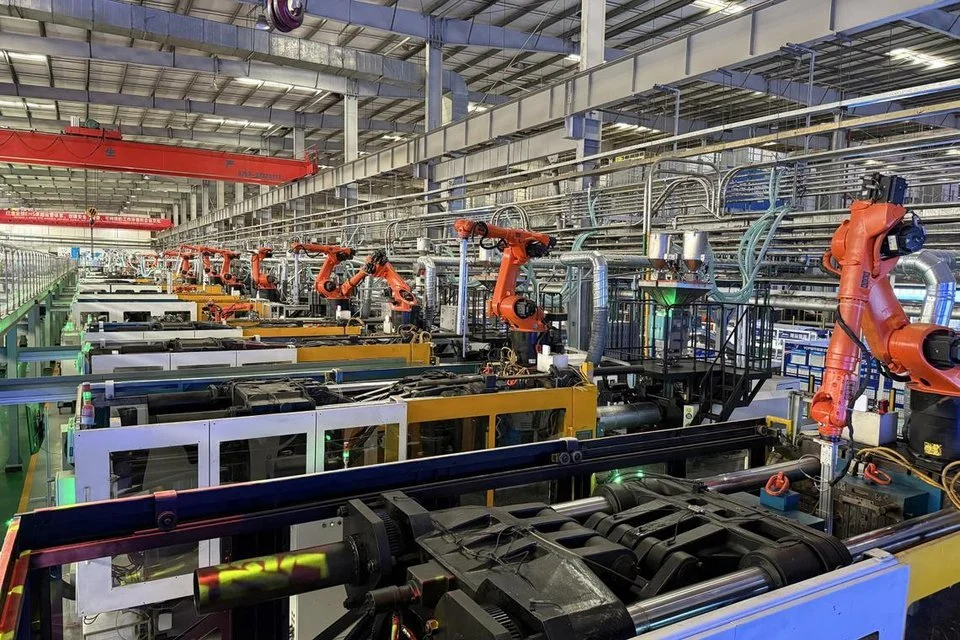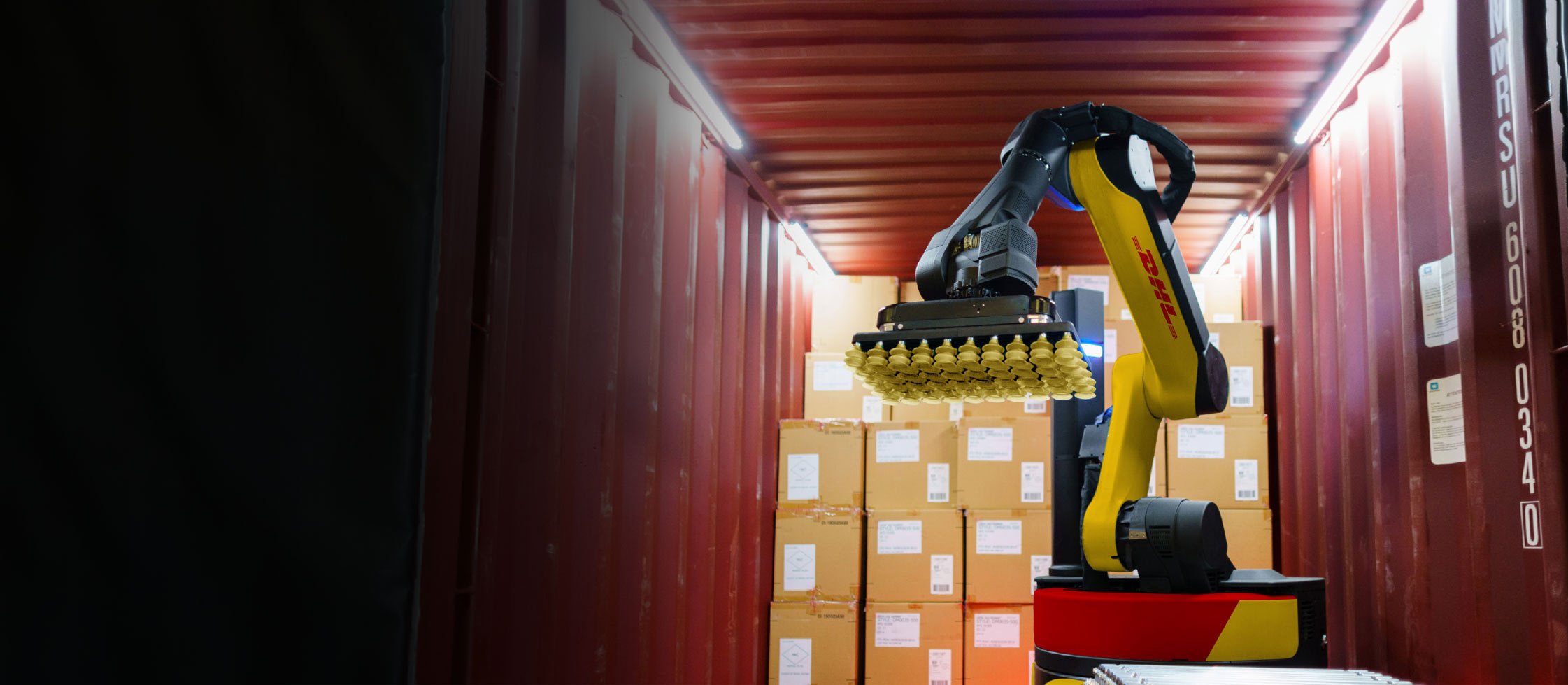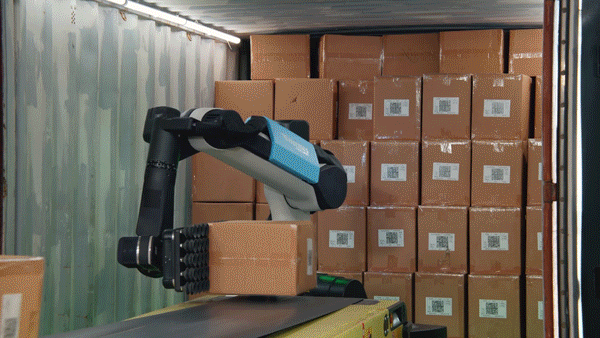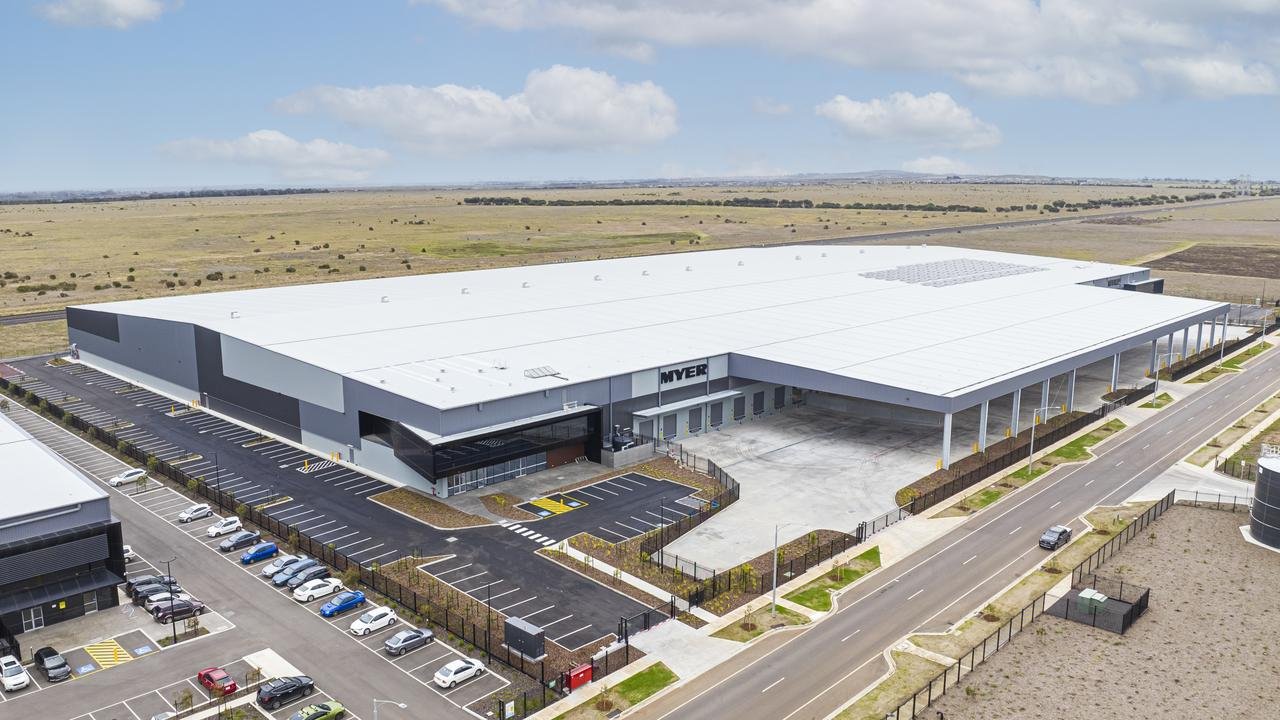Beyond Human Limits: The 70-Pound Lifting Robot for Industrial Applications
Overview of the Kepler Forerunner Series Humanoid Robot
Kepler Exploration Robot recently introduced the Kepler Forerunner, a general-purpose humanoid robot designed for a range of applications. The robot stands at 178 cm (5’10”) tall, weighs 85 kg (187 lbs.), and features a highly capable hand with 12 degrees of freedom. Across its entire body, it offers 40 degrees of freedom, enabling advanced functionalities such as navigating uneven terrain, intelligent obstacle avoidance, precise hand manipulation, lifting and carrying heavy objects, hand-eye coordination, and interactive communication.
The robot incorporates planetary roller screw actuator and rotary actuator technologies, providing sophisticated body movement, detailed hand control, and advanced visual perception. These design elements place the Kepler Forerunner in a similar category to other advanced humanoid robots, such as Tesla's Optimus, highlighting its potential in the evolving field of humanoid robotics.
There is no universal weight limit regulation for human lifting in warehousing and manufacturing. Instead, guidelines and regulations vary by country and are designed to minimize the risk of injury. Most regulations focus on safe lifting practices rather than prescribing a specific maximum weight. Below are some key considerations and standards from leading organizations:
General Guidelines
Maximum Recommended Weight (General Best Practice):
51 pounds (23 kg): The National Institute for Occupational Safety and Health (NIOSH) in the U.S. recommends a maximum weight of 51 lbs under ideal conditions (e.g., no twisting, proper grip, lifting close to the body, and a stable load).
This weight decreases significantly based on factors like frequency of lifts, height, distance from the body, or awkward postures.
Ergonomic Considerations:
Height of the Lift: Heavier loads are safer to lift at waist height rather than from the floor or overhead.
Distance from the Body: The further a load is from the body, the greater the strain on the spine.
Frequency: Frequent or repetitive lifting lowers the acceptable weight limit.
Specific Regulations by Country
United States
OSHA (Occupational Safety and Health Administration):
OSHA does not set specific weight limits. Instead, it enforces ergonomic hazard management to reduce risks associated with manual lifting.
Canada
CCOHS (Canadian Centre for Occupational Health and Safety):
No legislated weight limits; the focus is on ergonomics and assessing each task for risk. Employers must ensure tasks are designed to avoid musculoskeletal injuries.
United Kingdom
Manual Handling Operations Regulations 1992:
Suggested weight limits:
Men: 25 kg (55 lbs) under optimal conditions.
Women: 16 kg (35 lbs) under optimal conditions.
Limits decrease for poor lifting conditions (e.g., lifting above shoulder height or in awkward positions).






























